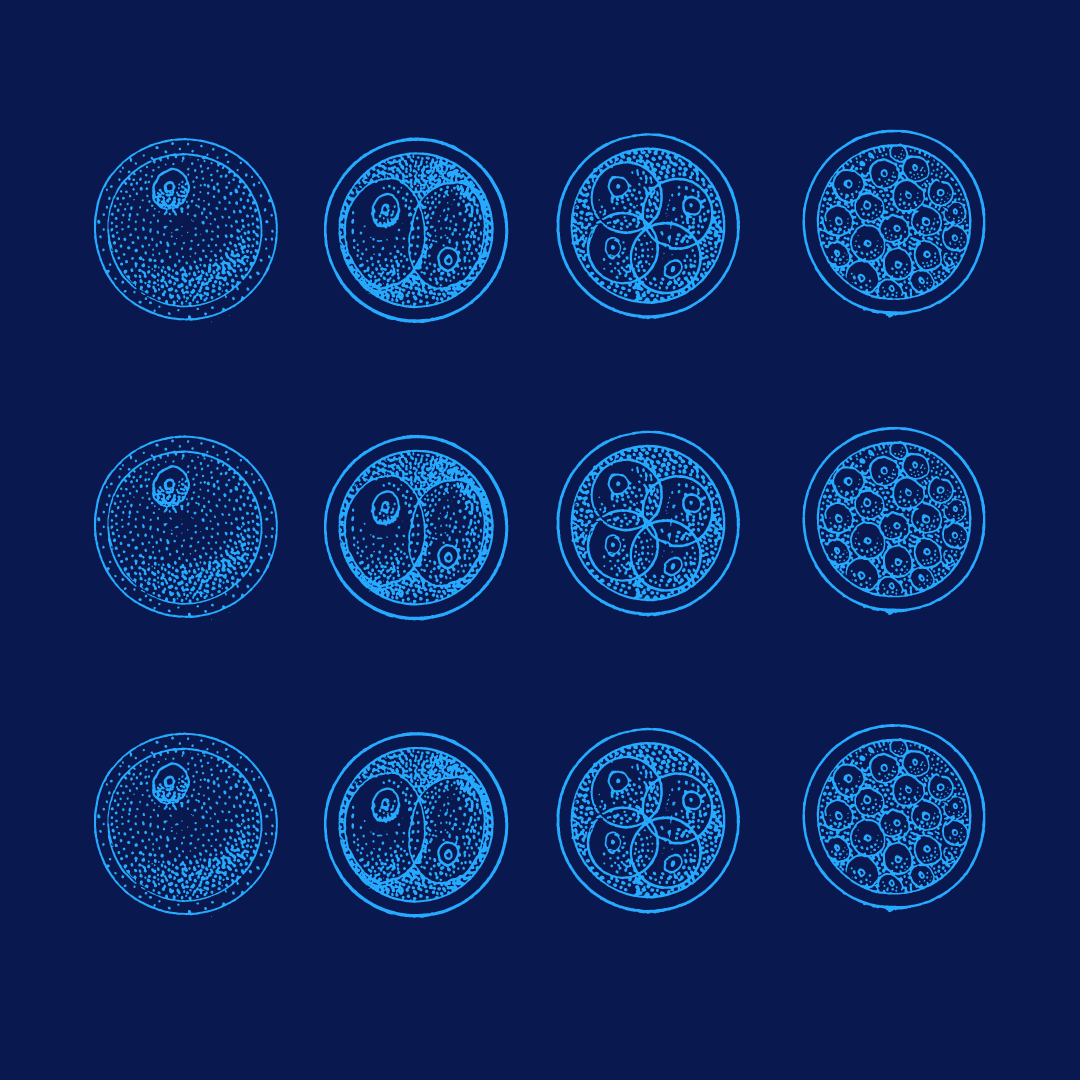Aggregated News

Twenty-five years ago, in 1998, researchers in Wisconsin isolated powerful stem cells from human embryos. It was a fundamental breakthrough for biology, since these cells are the starting point for human bodies and have the capacity to turn into any other type of cell—heart cells, neurons, you name it.
National Geographic would later summarize the incredible promise: "the dream is to launch a medical revolution in which ailing organs and tissues might be repaired” with living replacements. It was the dawn of a new era. A holy grail. Pick your favorite cliché—they all got airtime.
Yet today, more than two decades later, there are no treatments on the market based on these cells. Not one.
To find out what happened, this June I grabbed a seat in the front row at the annual International Society for Stem Cell Research meeting, in an auditorium alongside hundreds of biologists. Projected on a huge screen was a slightly intimidating black-and-white image of cells seen through a microscope, some round with groping hair-like extensions, others rectangular cross-sections filled with a mysterious substance that looked...



